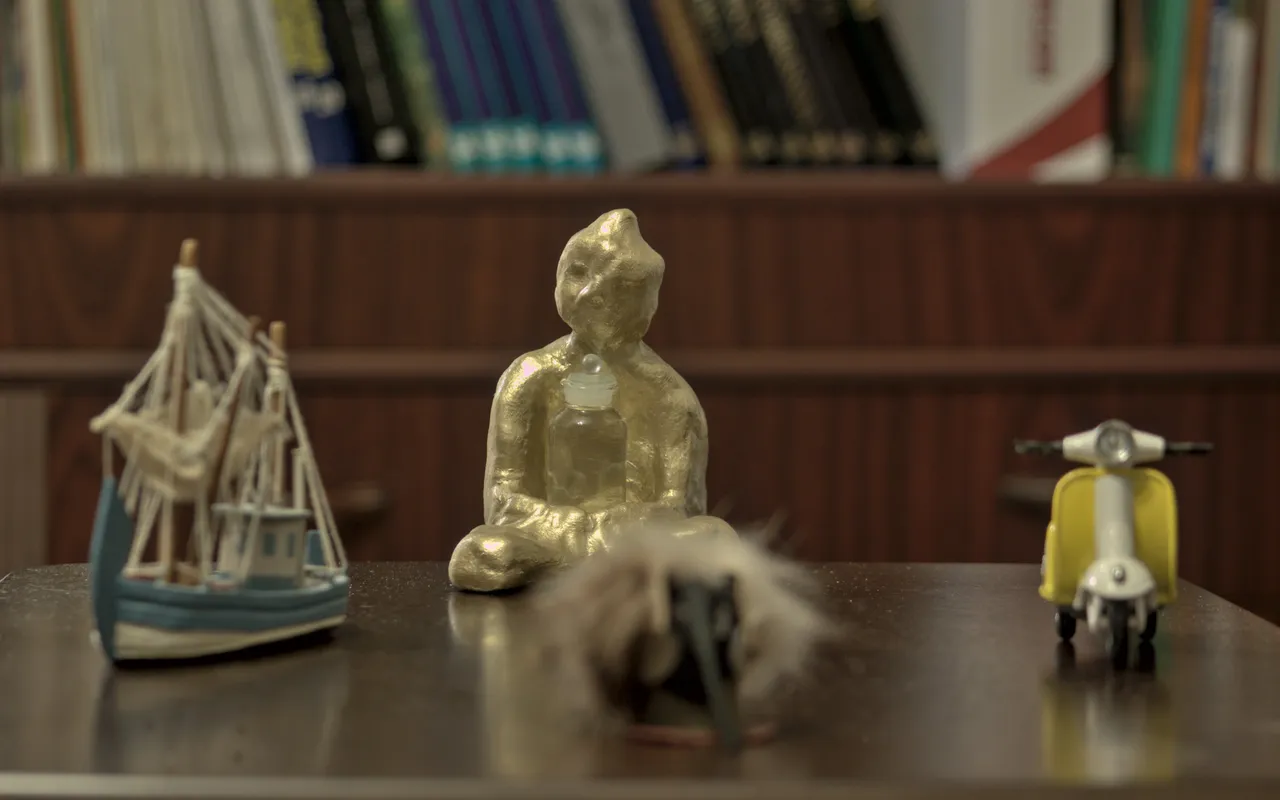Hi!
Here is a short primer on how aperture affects depth of field for those who are beginners in photography, and have still things to learn. I hope it comes handy.
Aperture
The aperture is quite literally the opening in the lens, that lets light come through to either film or on digital cameras, the optical sensor.
If aperture is wide, it will let more light onto the sensor or film, and if it is tiny, it will let less light on it.
Additionally, the aperture has a specific effect on the photo you will be taking. If the aperture is wide, the field of focus, or the depth of field will be narrow, and only the parts that are in focus are sharply visible in the photo, and the rest of the photo will be blurred. (The blur is also often called "bokeh".)
Example:

In the first image, the troll is sharply in focus, while the ship, the moped and the Buddha are more or less blurred at F4.0, where the aperture is widest. (The smaller F-numbers indicate larger aperture.)
Here's a photo with the focus on the boat and the moped.

And here's one with the focus on the Buddha.

The F-number actually indicates the field of focus, or depth of field. The larger the number, the wider the depth of field, meaning the sharpness of the image will extend both forward, and backward from the point of focus.
Here's an animated illustration of how the focus will extend when the aperture is closed down in steps, from F4 to F32 (the minimum and maximum values on the lens):

Here's a photo with the smallest aperture F32, where everything is in focus:

I hope this was of help for some new photographers!
Now it's getting late, so I'll go and take Ninnu for a walk.
See ya!
Next |
|---|
| Daily and Fresh 📷 #293 |
| Daily and Fresh 📷 #294 |
| Daily and Fresh 📷 #295 |
| Daily and Fresh 📷 #296 |
| Daily and Fresh 📷 #297 |
Previous |
|---|
| Daily and Fresh 📷 #291 |
| Daily and Fresh 📷 #290 |
| Daily and Fresh 📷 #289 |
| Daily and Fresh 📷 #288 |
| Daily and Fresh 📷 #287 |
Weeklies |
|---|
Weekly and Fresh 📸 #41 |
Weekly and Fresh 📸 #40 |
Weekly and Fresh 📸 #39 |
Weekly and Fresh 📸 #38 |
Weekly and Fresh 📸 #37 |